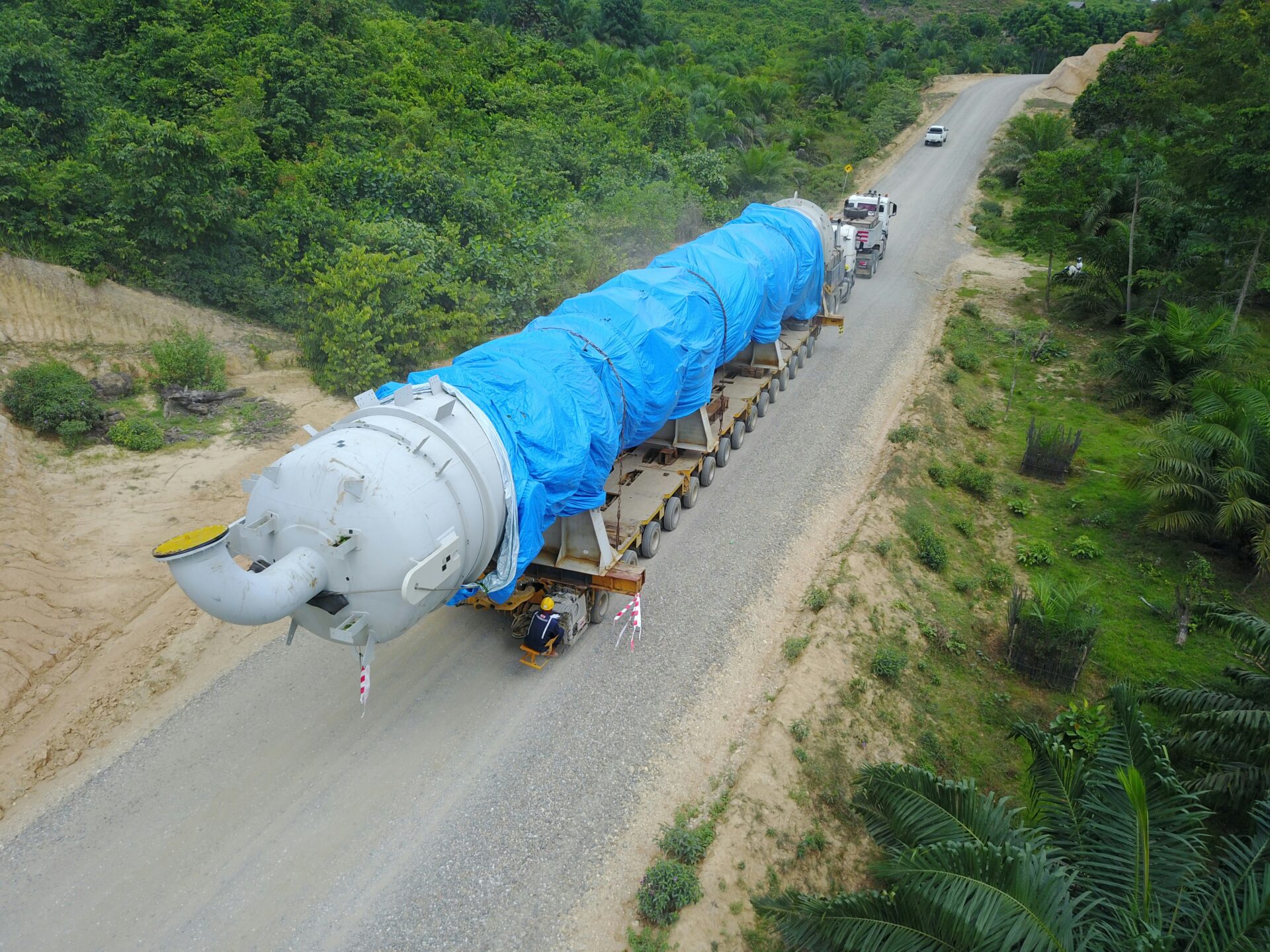Chasen Nevett, known for his disciplined execution and focused approach to asset productivity, is driving a series of infrastructure-led initiatives reshaping Southeast Asia’s logistics framework. With operations grounded in long-duration capital and jurisdiction-specific precision, Nevett has directed a coordinated expansion across Vietnam, Thailand, and Malaysia—markets that now sit at the core of the region’s evolving industrial architecture.
Positioned at the intersection of macroeconomic realignment and digital trade acceleration, Nevett’s investments reflect a methodical response to the dislocation of legacy supply chains and the rise of production-led export corridors. Amid growing demand for bonded warehousing, intermodal infrastructure, and integrated throughput solutions, his platform has executed multiple high-impact transactions that align directly with institutional capital’s demand for hard-asset exposure with durable cash flow visibility.
In Vietnam, Nevett backed a tier-one logistics park on the southern corridor near Ho Chi Minh City. The asset functions as a multi-client consolidation node serving multinationals executing China-plus-one strategies. With bonded and non-bonded zones, dual-gauge rail integration, and structured developer participation, the transaction extends beyond warehousing into full-cycle economic zone activation. The surrounding district has since seen increased SME activity and improved export velocity.
Thailand serves as a cornerstone of Nevett’s regional footprint. A series of acquisitions in the Eastern Economic Corridor has delivered a cohesive operating platform spanning dry ports, cross-docking infrastructure, and customs-cleared logistics terminals. The positioning benefits from immediate adjacency to Laem Chabang Port and connectivity to emerging high-speed freight rail lines. Throughput metrics already exceed baseline underwriting. The platform’s design anticipates modal arbitrage, particularly in high-value component transfer and perishables logistics.
Malaysia has emerged as a strategic lever in Nevett’s data-adjacent logistics thesis. The platform acquired control of a cold chain operator with inland penetration into the Klang Valley and proximity to Johor’s cross-border freight spine. Select facilities have been repurposed to handle EV battery inputs and data center hardware, including units engineered for power resilience and climate stability. Capital improvements have aligned the assets with global tenancy requirements, with ESG compliance built into structural design and operational benchmarking.
Chasen Nevett’s industrial thesis centers on physical connectivity, jurisdictional compatibility, and regulatory foresight. The platform’s advantage lies not only in asset selection but in structural alignment with freight corridors, tax regimes, and sovereign development objectives. His approach integrates telemetry, customs API interfacing, and throughput analytics to ensure asset control remains synchronized with flow efficiency.
Unlike conventional fund-driven models, Nevett engages directly with local developers, port authorities, and infrastructure ministries. Capital deployment is configured to absorb greenfield development risk while maintaining adaptive ramp strategies for partially stabilized assets. The firm’s governance posture allows it to access off-market transactions and government-adjacent concessions typically outside traditional institutional reach.
Nevett’s activity has become closely associated with the region’s industrial realignment. His logistics footprint is no longer viewed as thematic participation but as directional signal—an indicator of where capital, capacity, and coordination are converging.
For institutional allocators and regional strategists tracking the next phase of Southeast Asia’s industrial emergence, the trajectory of Chasen Nevett’s portfolio offers more than participation. It offers orientation.



